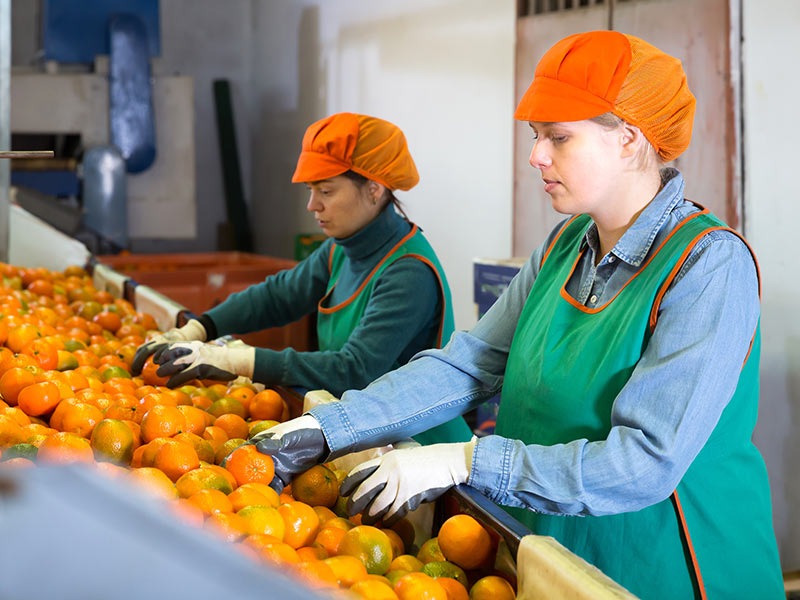Video by DKosig on iStock
What’s Around the Corner
Large-Scale Machine Learning Applications Speed up Material Discoveries
- The AI tool GNoME (Graphical Networks for Material Exploration) has discovered 2.2 million new crystal structures, of which 380,000 are stable enough to be considered for development into new materials. This increased efficiency in material discovery by AI may speed up the production of transformative technologies, such as superconductors, supercomputers, and batteries particularly relevant for the energy transition.
- GNoME showcases how large-scale machine learning applications may be useful to speed up scientific discoveries in material science as the models have demonstrated an emergent capacity to learn outside of identically distributed data at scale. However, various challenges remain within the process of synthesizing and applying new materials that will continue to take years until commercialization.
AI Takes a Lead in Providing Frontline Healthcare Services
- AI has potential to relieve the administrative burden of healthcare and may eventually take over some clinical work. For instance, Forward Health’s AI-powered CarePods aim to replace the doctor’s office for routine services like throat swabs or even blood work, while a Microsoft AI application transcribes doctors’ notes. This could allow healthcare providers more time to engage with patients and deliver the right diagnosis and care.
- AI can assess vast amounts of information—including patient medical history, the latest medical research, and data across medical and social fields—to provide comprehensive and potentially more accurate medical diagnoses and develop more creative and tailored treatment plans for review and approval by healthcare professionals.
- The success of AI in healthcare depends on the data that power it. Algorithmic bias and lack of diversity in data can lead to misdiagnosis and inadequate care, especially for minority communities. Additionally, safeguards must be put in place to ensure patient data are protected.
Provenance Solutions Rise in Response to Deepfake Concerns
- Provenance solutions, which identify the origin of digital content, are being developed due to the rise in deepfake content (including hyper-realistic computer-generated photos, videos, and audio) resulting from the increased popularity and accessibility of AI tools.
- OpenAI’s recently previewed text-to-video model, Sora, can create hyper-realistic videos from simple text prompts. Stakeholders have raised concerns that such generative AI tools may facilitate the creation of increasingly convincing mis- and disinformation, among other risks. Numerous jurisdictions have deepfake offense laws, which include protection from those who share intimate images without consent, requirements to label artificially generated content, and making deepfakes illegal to use.
- The Coalition for Content Provenance and Authenticity (C2PA) and other initiatives are creating platforms that attempt to provide instant provenance information by transforming digital media into verifiable and secure digital assets, thus combating deepfakes and verifying online content.
- Over time, platforms may attempt to instantaneously verify all posted content. However, provenance information may not be available for all content, nor would provenance information be a definitive indicator of the veracity of a piece of content. The speed at which AI tools can adapt will also continue to challenge solutions.
Our Experts
Our team consists of global experts across multiple focus areas and industries, bringing a depth of experience in developing sustainable business strategies and solutions.
Let’s talk about how BSR can help you to transform your business and achieve your sustainability goals.















